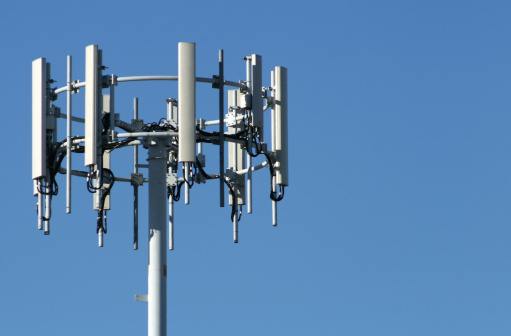
Spending on digital entertainment and media is forecast to comprise 44% of all spending on entertainment and media in mature markets by 2017. The forecasts come from PricewaterhousCoopers’ (PwC)“Entertainment and Media Outlook 2013-2017.”
Emerging markets are also experiencing heavier demand for mobile Internet services. PwC predicts that Brazil, Russia, India, and China will account for 45% of all fixed-broadband subscriptions and more than 50% of all mobile Internet subscriptions by the end of 2017.
Just looking at these numbers gives some context for the current battles we are seeing in the U.S. among streaming video providers like Netflix Inc. (NASDAQ: NFLX), Amazon.com Inc. (NASDAQ: AMZN), and Google Inc. (NASDAQ: GOOG) with its YouTube division. The demand for video services is no longer a potential, it is a reality and content could well decide the winners.
The explosive growth of demand for mobile services shows why the battles over wireless spectrum are so important. The current fight between Japan’s SoftBank and Dish Network Corp. (NASDAQ: DISH) for control of Sprint Nextel Corp. (NYSE: S) is essentially a bidding war for the spectrum currently controlled by Clearwire Corp. (NASDAQ: CLWR), which is in turn controlled by Sprint. Whichever company prevails in the battle for Sprint will own or control more U.S. wireless spectrum than any other company, including AT&T Inc. (NYSE: T) and Verizon Communications Inc. (NYSE: VZ).
Demand for high-speed mobile Internet connections is also why content providers like The Walt Disney Co. (NYSE: DIS), Viacom Inc. (NASDAQ: VIAB), CBS Corp. (NYSE: CBS), and General Electric Co. (NYSE: GE) and its NBCUniversal division can demand premium prices for licensing deals. People want mobile video, they want quality content, and they are willing to pay for it. From a content provider’s viewpoint, it’s a new alignment of the stars that offers an ever-widening stream of revenues.
PwC maintains that the rules of the entertainment game are being rewritten by consumers:
The old rationale of the E&M [Entertainment & Media] industry was to achieve complete control over the content life cycle from development through distribution. The connected consumer is the ultimate game changer—control is now in the homes and hands of E&M customers. Now E&M companies have to not only offer engaging content, but also an exceptional digital experience. This puts a tremendous burden on E&M companies of all kinds to find that ideal balance of the right content at the right price at the right time through the right medium.
But giving up some control also means giving up some revenue and profit. Hulu, which is owned by several media companies, was an attempt to maintain “complete” control, but the content companies now appear ready to give up on that effort.
Not because they really understand what’s happening, but because they believe that they still run the entertainment and media industry. They’re wrong. Consumers run it and they vote with their wallets.
It’s Your Money, Your Future—Own It (sponsor)
Are you ahead, or behind on retirement? For families with more than $500,000 saved for retirement, finding a financial advisor who puts your interest first can be the difference, and today it’s easier than ever. SmartAsset’s free tool matches you with up to three fiduciary financial advisors who serve your area in minutes. Each advisor has been carefully vetted and must act in your best interests. Start your search now.
If you’ve saved and built a substantial nest egg for you and your family, don’t delay; get started right here and help your retirement dreams become a retirement reality.
Thank you for reading! Have some feedback for us?
Contact the 24/7 Wall St. editorial team.




